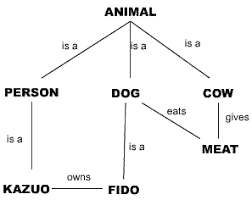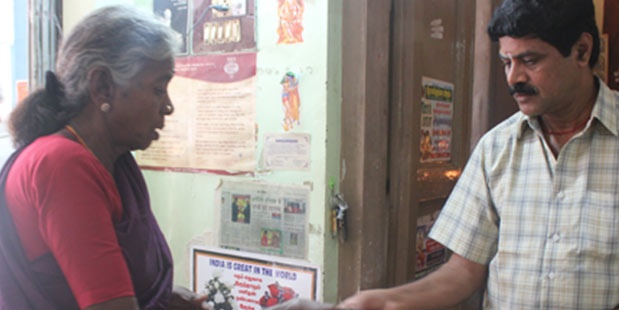Rooted in Tradition, Celebrated Worldwide: Chef Vijay Kumar Named Global Indian of the Year 2025
Chef Vijay Kumar has been named the Global Indian of the Year 2025 at CNN-News18’s Indian of the Year Awards, a recognition that marks the latest milestone in his extraordinary international journey. The award comes soon after he secured one of the most prestigious culinary honors in the world, the James Beard Foundation Award for Best Chef New York State. His achievements represent not only personal triumph but also a major moment for South Indian cuisine on the global map. By celebrating Kumar, the award also honours the traditions, memories and cultural depth that define his cooking.From Natham Village to the World StageKumar’s story begins far from Manhattan’s fine-dining scene. Born in the small farming village of Natham in Tamil Nadu, he grew up surrounded by rural landscapes, earthy flavours and firewood-cooked meals that shaped his earliest memories of food. The ingredients that came from nearby fields, the dishes prepared by his mother and grandmother, and the quiet rhythms of agrarian life created the foundation of his culinary identity. These roots have never left him. Even today, after reaching global acclaim, he speaks of Natham not as a past chapter but as the soul of his cooking. His food reflects the textures of village life, the warmth of home-cooked meals and the authenticity of recipes carried from one generation to another.The Rise of a Chef Who Honors His HeritageKumar’s cooking philosophy is built on the belief that food becomes meaningful when it carries stories. His dishes often highlight regional Tamil flavours that have long been underrepresented on international menus. Instead of modernising his cuisine to suit global expectations, he elevates tradition, allowing diners to discover the depth of Tamil culture. His rise mirrors the journeys of several influential Tamil-origin chefs who have brought global attention to South Indian gastronomy. Yet, Kumar’s approach is distinct because he brings both emotional honesty and cultural storytelling to the table. Every dish he creates serves as a tribute to his village, to the women who taught him to cook, and to the values that shaped him.Breakthrough Moments and Global RecognitionWinning the James Beard Award in 2025 marked a turning point in Kumar’s career. Known as the Oscars of the food world, the award recognized him as the Best Chef: New York State. It created global interest in his work and spotlighted the power of regional Indian cuisine when presented with authenticity and skill. Culinary experts hailed the moment as a breakthrough for Tamil and South Indian cuisines, placing them firmly in the global spotlight. This momentum carried into the CNN-News18 Indian of the Year Awards, where Kumar’s name stood alongside notable achievers from various fields, emphasizing the breadth of his influence. Kumar currently operates in Manhattan’s West Village. Here, he has become a driving force behind a cultural and gastronomic shift. Instead of typical fusion trends, he introduces diners to the depth of Tamil flavours, from earthy spices to traditional techniques. His leadership in this space has not only transformed perceptions of Tamil food but also inspired young chefs to explore their own cultural histories.A Powerful Emotional Moment on StageThough he joined the ceremony online through a video call, the highlight of the evening came when Kumar’s mother appeared on stage. What followed was a moment that touched thousands watching. Filled with emotion, Kumar expressed gratitude for the values she had instilled in him. He shared that every success he had achieved was rooted in his mother’s strength, her teachings and the sacrifices she made. The moment was a reminder that behind global achievements often stand quiet, unseen journeys shaped by family, culture and love. The Award and Its SignificanceThe Global Indian of the Year Award is one of the most anticipated recognitions under CNN-News18’s Indian of the Year honors. By choosing Vijay Kumar, the award committee acknowledged not only his culinary excellence but also the cultural power of his work. Kumar has become a symbol of how global recognition can emerge from local stories. His journey reflects how regional traditions, when celebrated with honesty and skill, can resonate with audiences worldwide. His cooking does more than serve food; it teaches heritage, evokes memories, and builds bridges between cultures. What sets Kumar apart is the way he represents India on the global stage. He does not rely on grandeur or reinvention but on authenticity. His work shows that the essence of being a global Indian lies in carrying one’s roots proudly while excelling internationally. As he continues his journey, his influence extends beyond restaurants. He inspires young chefs to look inward, to rediscover their heritage and to understand that global impact often begins with local truth.

(1).jpeg)
.jpeg)




.jpg)
 (1).jpeg)
.jpg)
.png)




